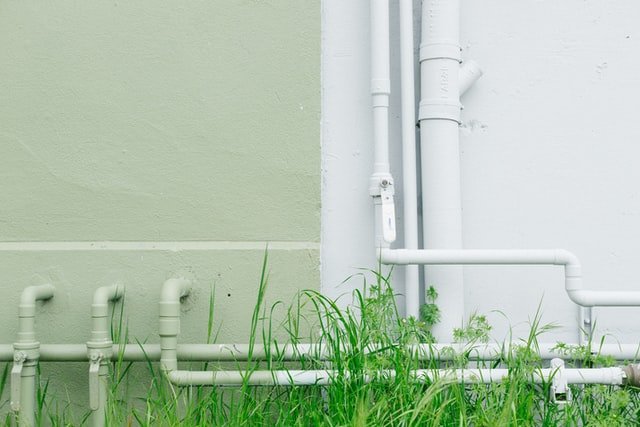LESSO provides the best waste and sewage lines and fittings in PVC, UPVC, and HDPE for domestic and commercial constructions. You may choose from a variety of waste and precipitation release line types, such as PVC-U drainage line and fittings, PVC drain, siphon-type rooftop water channel framework Pipe and Fittings, and HDPE same-floor channel framework. In addition to meeting the required criteria, our lines are subjected to extensive testing to guarantee that they retain their quality and usefulness.
Lesso Drainage Pipe
A Lesso drainage pipe is any line that is utilized to ship water starting with one area then onto the next. The essential objective is to discard wastewater from houses, business structures, or modern destinations. Water development might prompt floods, primary harm, soil disintegration, and different issues in the event that it isn’t discarded accurately and really. Therefore, waste lines might be utilized for both on location and last task activities.
The materials and applications of these drainage pipes differ. Some drainage pipes are designed to remove water from specific places such as rooftops, but others are only used to carry water underground due to their construction and composition. The type of drainage pipe used by a contractor is frequently determined by the drainage situation of the project. Due to the seriousness of the implications of failure, choosing just on price is frequently insufficient. Contractors will consider three factors when deciding on the type of drainage pipe to use: strength, size, and convenience of installation. Almost all new drainage pipes are made of plastic in order to withstand all weather and ground conditions.
Which is better, plastic or metal?
If you reside in a house constructed before the 1960s, your drainage pipes are most likely made of metal. Despite the fact that plastic was created in 1907, it was not generally available or significantly employed in building construction until the second part of the twentieth century. The original cast iron pipes, as well as the softer, less-corrosive copper pipes, are the most often used metal pipes.
Drainage system installation
The proper installation of the drainage system begins with the excavation of a drainage channel around the whole structure, which will serve to drain rainfall away from the house. The drainage channel must be deeper than the bottom border of the foundation or foundation slab. When the channel is excavated, the granulation or fraction is poured into it, and the geotextile is laid on top of it. The drainage pipes are positioned at an angle above the geotextile.
Commonly, the granulation seepage layer is filled to a thickness of 15-20 cm. Geotextiles are utilized to keep the soil or anything comparable from getting into the cushion or lines. Seepage pipes are in many cases introduced inside 1 m of the house’s heap bearing dividers. At the point when seepage pipes are separated, totals or parts, frequently rock, are utilized to fill them.
These lines are generally made of PVC or PE material and have a width going from 5 to 20 cm, contingent upon the thing and measure of water to be depleted. The investigation trees, which are ordinarily placed on each side of the house, are the main component of any property’s waste framework.
Waste may likewise be worked around the current structure, however while the strategy is something similar, it will be more costly. Whenever you work around the completed home, you need to dig over again, and all that near the design must be taken out – vegetation, concrete, cleared strolls, etc. The following stage is to dig a seepage channel, the profundity of not entirely settled by the level of the establishment.
Types of drainage pipes
In the house drainage system, we recognize pipes with a solitary and twofold divider.
Channel pipes with a divider in loops
These ridged lines are completely roundabout and come in sizes of 50, 65, 80, 100, 125, 160, and 200 mm. They are presented in curls of 50 to 200 m long because of their adaptability. The length of the snaked pipe is chosen by the client’s necessities.
Ridged seepage pipes are utilized on the grounds that they are harder, more powerful, and more adaptable. The heaviness of the lines comparable to their length is little, as a wrapped line with a length of 200 m and a measurement of 50 mm weighs only 30-35 kg.



